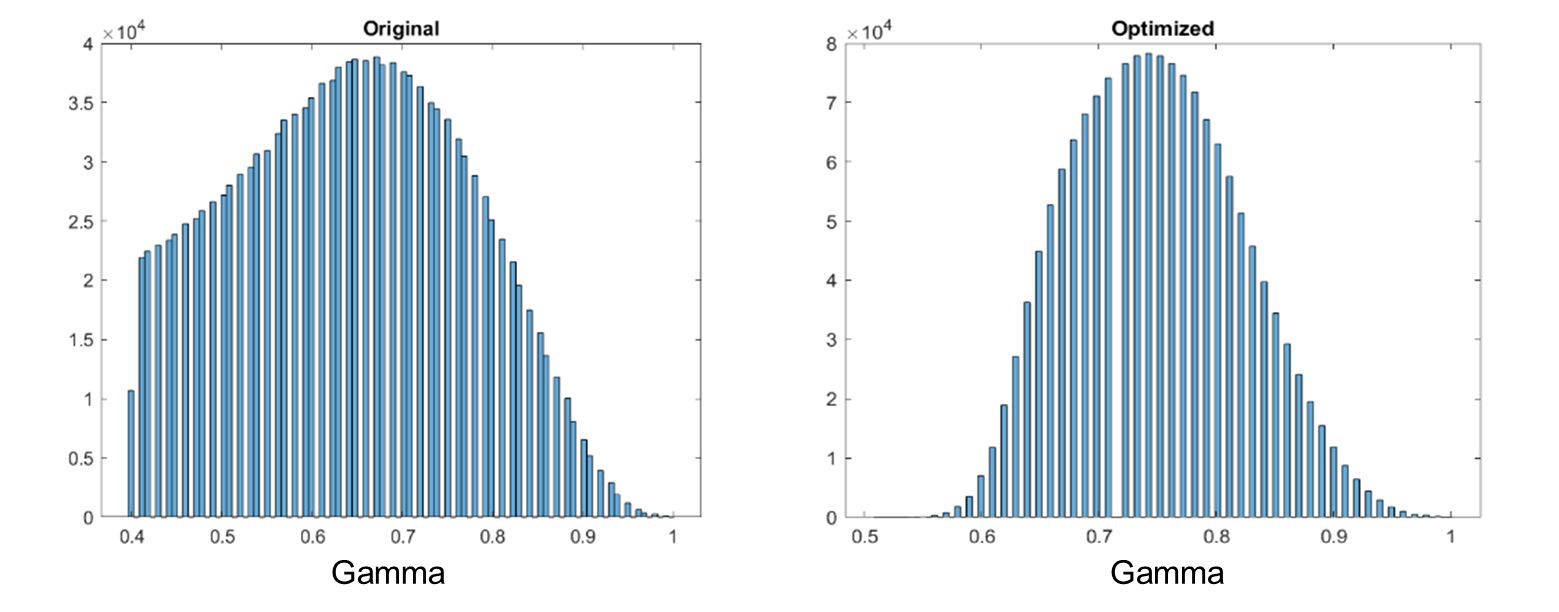
25 October, 2024
Newsletter
TECHNIQUE IMPROVEMENT WITH NEW WAY OF PHASE RESIDUALS TREATMENT
GeoKinesia performs deformation monitoring using a proprietary Persistent Scatterer Interferometry (PSI) InSAR processing technique. The company works continuously to improve its deformation monitoring capabilities. This newsletter concerns a recent improvement of the processing robustness, coverage and density of the deformation measurements.
One of the key PSI processing steps involves the estimation of deformation velocity (DV) and the so-called residual topographic error (RTE). This is obtained by processing wrapped interferometric phases. A recent improvement of this step has been achieved by analyzing the residuals of the observation equations, i.e. the differences between the observed wrapped phases and the modeled ones, which depend on DV and RTE.
By properly treating such residuals, we obtain a substantial improvement in the goodness of fit (gamma) of the original observation and the estimated linear model, which is function of DV and RTE. The figure below shows an example of gamma distribution before the above treatment (original) and after such a treatment (optimized): one may notice a substantial improvement.

